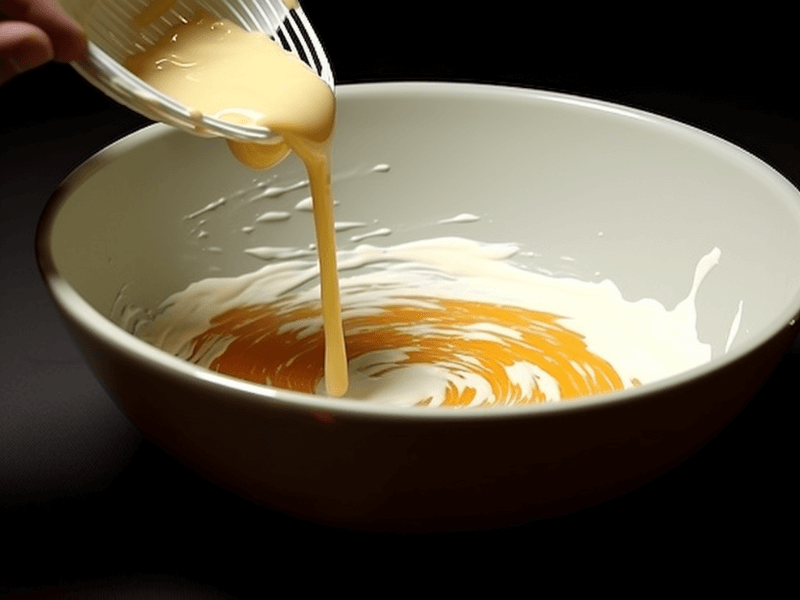Welcome to an adhesively fascinating world where Elmer’s glue is the star of the show! As you delve into your craft projects or repairs, ever wondered about the wizardry behind that white, sticky substance?
Elmer’s glue has been a household staple for decades, and today, we’ll unravel its sticky secrets and discover how this crafty companion is made.
From small fixes around the house to creative DIY projects, Elmer’s glue has been our reliable partner. Stick around as we take a journey through the life of this adhesive marvel!
Overview: The Glue that Binds Us
• Sticky Science: What Type of Glue is Elmer’s and How it’s Made
• Glue-tiful Projects: The Best Uses for Elmer’s Glue
• Conclusion: The Lasting Bond

Sticky Science: What Type of Glue is Elmer’s and How it’s Made
Elmer’s glue, a PVA (polyvinyl acetate) glue, is popularly used for its strength and versatility. This white adhesive is a synthetic polymer that shares a chemical relationship with wood and paper, making it ideal for bonding these materials.
The process of making Elmer’s glue begins with the mixing of water, PVA, and a small amount of proprietary ingredients. These are combined in a large reactor and heated.
As the mixture heats, it undergoes a chemical transformation, turning into a milky, sticky substance we recognize as glue. It’s then cooled, rigorously tested for quality, and finally packed into those familiar Elmer’s glue bottles.
Glue-tiful Projects: The Best Uses for Elmer’s Glue
Elmer’s glue is the jack of all trades in the world of adhesives. Its flexibility and strong bonding properties make it a go-to for many projects:
• Arts and Crafts: From scrapbooking to decoupage, Elmer’s glue is a reliable friend for artists and craft enthusiasts.
• Slime Making: Elmer’s glue is a key ingredient in homemade slime, providing the stretchy, gooey texture kids love.
• Woodworking: For light woodwork, Elmer’s glue forms a strong bond that dries clear, making it great for furniture repair or creating wooden crafts.
• Fabric Projects: It’s also safe to use on fabrics, making it perfect for DIY cloth crafts.
• School Projects: It’s non-toxic, easy to use, and washable, making Elmer’s glue a staple for school projects.
• Home Repairs: Got a loose tile or a broken vase? Elmer’s glue is there to save the day!
Conclusion: The Lasting Bond
Just like the sturdy bond it creates, Elmer’s glue has cemented its place in our hearts and homes. Whether it’s sealing a child’s art project or mending a beloved piece of furniture, this versatile adhesive is a testament to the enduring bonds we create in our lives.
As we continue to use Elmer’s glue, we’re not only sticking materials together, but we’re also making memories, learning, creating, and sometimes even fixing a little piece of our world.
Let the legacy of this sticky wonder continue to glue us together in creativity and love!


